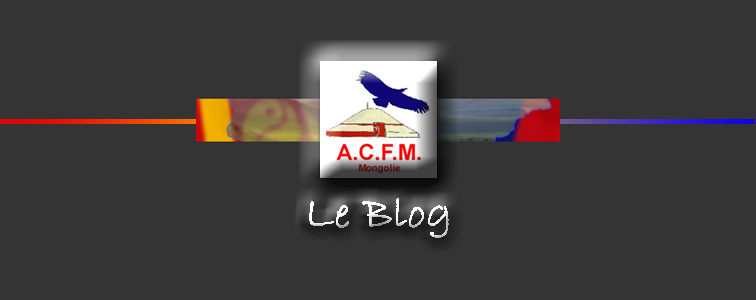Mis en ligne le 2013-01-23
The Ministry of Environment and Green Development (MEGD) of Mongolia designated 2013 as “Year of Protecting Gobi Bear”, a critically endangered species in the country. Called as ‘mazaalai’ in Mongolian, it is a subspecies of the brown bear, Ursus arctos, found in the Gobi Desert of Western Mongolia, where the golden-colored animals subsist on a mostly vegetarian diet of hardy desert roots and other plants.
Rising temperatures have already started reducing the available water in the Gobi, making those plants harder to find and threatening the future of the bear. Also, increased livestock herding and collective farming in the areas during the communist period had resulted in the sparse vegetation, and led to illegal poaching of bears.
At present Mazaalai are listed as “very rare” in the Mongolian Red Book. A recent survey conducted by environment officials and wildlife experts on the bear’s living conditions in their habitat has found that the number of the animal had declined to the near-extinction of 22 individuals (8 females and 14 males).
The MEGD is therefore planning to carry out a series of protective measures, including the establishment of a nature reserve to restore safe habitat for the rare wild species and the setup of a working group immediately to explore ways of increasing their population. The Ministry is projecting to spend MNT 180 Million for all these projects in 2013.
The other new initiatives also included introduction of foreign expertise on wild animal protection and reproduction and the setup of protection fund for Gobi bear.
As stated by wildlife experts, environmental degradation in bear’s habitat and the animal’s long breeding cycle were the two major reasons for their population drop. The bear usually gives birth to one cub in every two years.
Having enough food is critical for the bear’s survival, as they must accumulate sufficient levels of fat reserves for winter hibernation and gestation. According to a 2010 report from the Gobi Bear Project (http://www.bearbiology.com/fileadmin/tpl/Downloads/Grants/Final_Reports/REYNOLDS_2010_Gobi_Bear_Progress_Report_2005-May_2010.pdf), winter temperatures in that desert can fall to –34 degrees Celsius as well as climb to 46 degrees C in summer. No other bears can adapt to living in such extreme and variable conditions. Main staples of the animal, including roots, berries, other vegetation, insects and rodents can be very hard to find when the bears emerge from hibernation.
The MEDG activities in 2008-2012 focused on establishing feeding stations in the bear’s habitat. Although these stations were mainly supplied with fodder for the bear’s consumption, meat products were placed there too.
If you want to get more details about the ongoing efforts to save the animal, please visit the MEGD website at www.mne.mn, and the Gobi Bear Initiative project pages on Internet.









